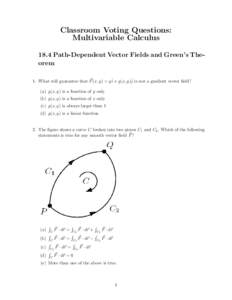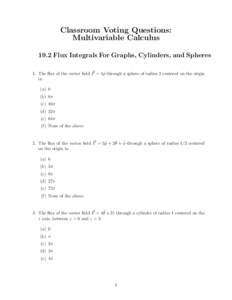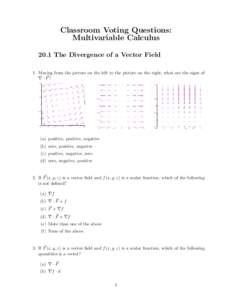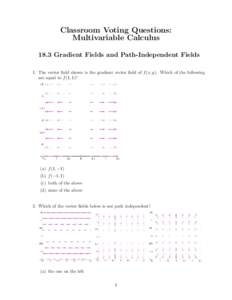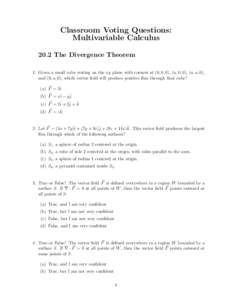<--- Back to Details
| First Page | Document Content | |
|---|---|---|
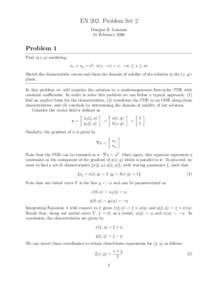 Date: 2006-02-14 16:27:49Vector field Mathematical analysis Mathematics Fluid dynamics Water waves Partial differential equation Cnoidal wave Calculus Differential topology Vector calculus |
Add to Reading List |
 EN 202: Problem Set 2 Douglas R. Lanman 15 February 2006 Problem 1 Find u(x, y) satisfying
EN 202: Problem Set 2 Douglas R. Lanman 15 February 2006 Problem 1 Find u(x, y) satisfying